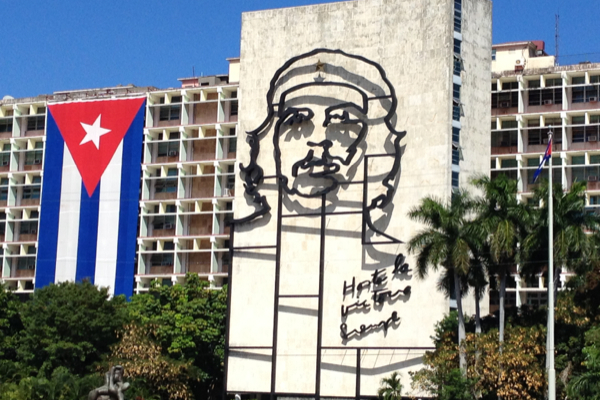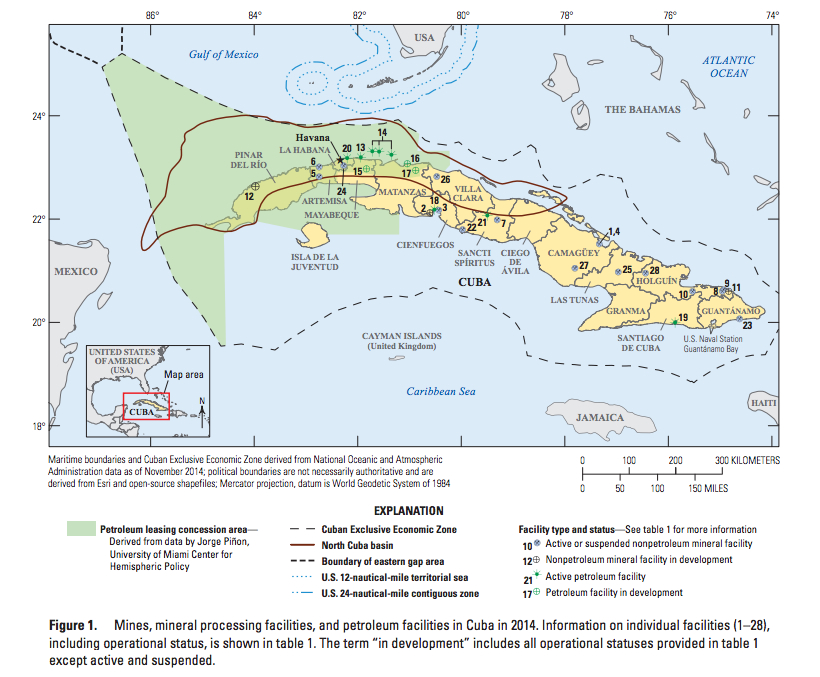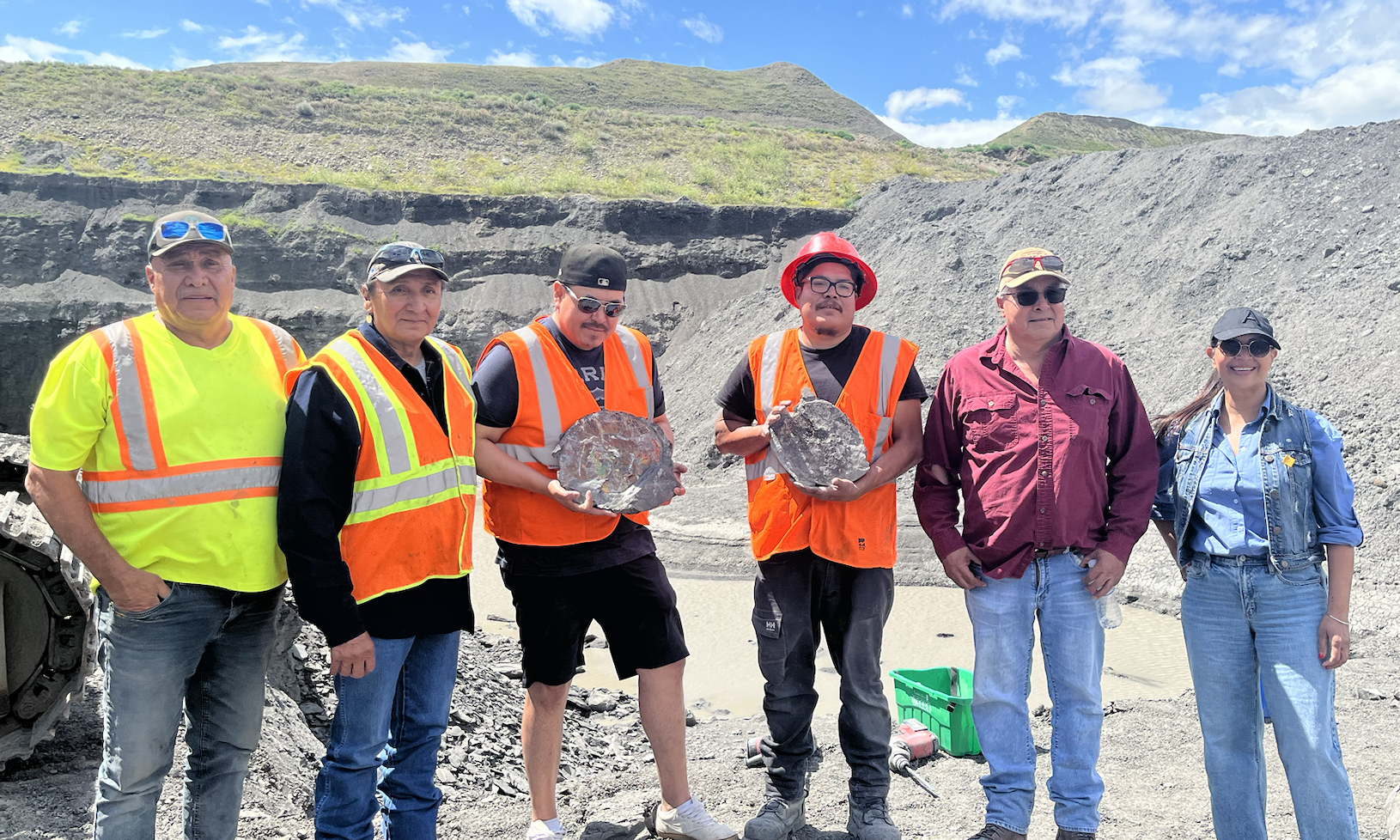Over 240 mining and energy projects waiting for investors in Cuba

Mineral production in Cuba is still largely state-controlled, the government has taken steps to change its old mining laws.
Cuba, the world’s sixth largest nickel producer and one of the top 10 nickel mining countries, is experiencing a sudden, but still modest, investment rush triggered by an ongoing reconciliation between the Caribbean nation and the U.S.
The country, which also holds significant deposits of other minerals as well as oil, has 246 projects hoping to attract capital and be developed, according to a new U.S. Geological Survey report published earlier this month.
“Cuba’s geology is complex, and the country has a variety of mineral commodity and energy resources,” said Steven Fortier, Director of the USGS National Minerals Information Centre.
While mineral production is largely state-controlled, the government has taken steps to change its old mining laws.
As a result, Canadians companies already have a presence in Cuba’s mining sector. One of them is Calgary-based miner Sherritt International (TSX: S), the Latin American country’s largest foreign investor, with nickel mining, oil-and-gas and electricity interests.
The ore the Toronto-based firm extracts there — under a joint venture with the country’s government — is refined in Fort Saskatchewan, Alberta, but because of the U.S. embargo, none of that refined nickel is allowed south of the border.
Despite such barrier, the USGS report shows that nickel remains one of the country’s main sources of foreign income, along with tourism.
It also highlights a value increase for the country’s industrial manufacturing sector, which jumped 88% between 1993 and 2013. However, the sector’s share in the GDP decreased by 3% percent during the same period reflecting economic growth in other sectors of the economy.
Oil and industrial minerals
Industrial minerals and manufactured industrial mineral products produced in Cuba include ammonia and ammonia by-products, bentonite, cement, feldspar, high-purity zeolite minerals, gypsum, kaolin (a type of clay), lime, high-grade limestone, marble, sand, sulphuric acid, steel and urea. In 2013, an estimated 4,500 metric tons of zeolites was exported neighbouring Latin American countries and Europe. Last year Cuba exported the majority of its ammonium nitrate, the USGS report shows.
In terms of oil reserves, the body released an assessment in 2004 that estimated the total amount of undiscovered technically recoverable resources at 9.8 trillion cubic feet of undiscovered natural gas, 4.6 billion barrels of crude oil, and 0.9 billion barrels of natural gas liquids.
The full report “Recent trends in Cuba’s mining and petroleum extraction industries” is available here.

Figure from the U.S. Geological Survey report.
More News
{{ commodity.name }}
{{ post.title }}
{{ post.date }}

5 Comments
rockhound17
Kind of a lost ball in the high weeds here?
Sergio Pastor, Geologist
As a geologist with over 40 years of field mineral
evaluations through LatAm I have always thought that Cuba had a good potential
for natural resources but politics came in between!!, but what about the past
that has elapse :”nationalizations and confiscation of properties from lawful
business”. The present government should repay those who lost their assets but the
mentality of Greed Corporation will come one more time in place. Look at Haiti
has the same mineral potential but looks today a poor country that can be
converted as an example of prosperity and also progress for the nicest people
that I have known and worked!!
Sergio Pastor, Geologist
Zsolt Peregi
As a Hungarian geologist I worked with Cuban counterparts in the 1:50 000 geological mapping and mineral exploration of Guantanamo and Holguin provinces until 1990, when the political climate deteriorated between our countries.
The huge resources of nickel-cobalt laterites is really astounding, extending there over hundreds of sq km-s on whaleback plateaus of ultrabasic rocks with thicknesses reaching in extreme 90 m. According to Cuban estimates their Ni resources are the very first of the world, although their magnitude may still to be exactly determined. In the 1980s the Ni-Co ore was exploited and processed by Soviet advisers who left in 1990, their role almost immediately taken over by Canadian firms who were not deterred by US embargo and menaces.
Regarding other minerals at that time our expedition discovered a huge deposite of high grade zeolitic tuffs in Holguin province.
In the 1990s there were still 2 operational chromite mines in the Chuchillas de Moa-Baracoa range and nearly a dozen of already exploited ones. With adequate techniques new chromite deposits almost certainly could be opened up in the large ultrabasite-serpentinite belt, however made extremely difficult by the steep gorges and dense jungle cover. It may also be hampered by the fact that a large part of the Cuchillas de Moa-Baracoa range is now under natural protection.
Well, the raw material potentials of Cuba is certainly well founded so I am not quite surprised on the ferocity and urgency with which the relevant US organizations and mining corporates try to put their pawns on the natural resources of Cuba.
Street
Money Trumps Politics and National Security!
Cameron cook
Hello. I am a read seal steam fitter looking for work outside of canada. Does anyone have any leads on any projects? Any contractors or even the names of any projects currently going or scheduled in the near future would be a great help. Its very hard to find this information online. Thanks everyone. Cam cook
Braaap1@live.com